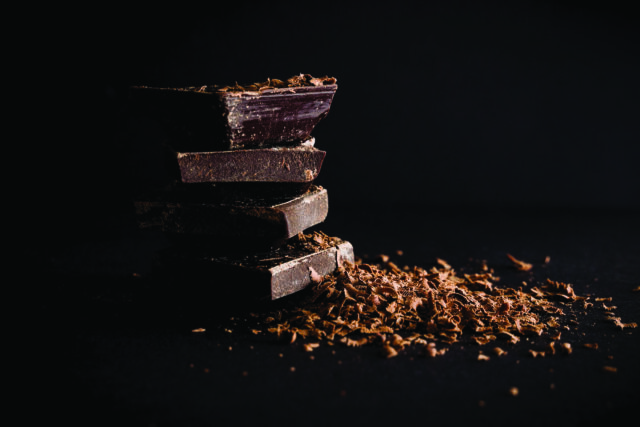
By Tapp Francke Ingolia and Jeffrey A. Morrison, MD, CNS
Is the key to happiness at the ends of our forks? Maybe! We are living in trying times. In a good year, one in five Americans will be diagnosed with a mental health condition. In a tough year like 2020, the percentages are even higher. The prevalence of mental health conditions is so high that it is projected that 46 percent of Americans will be diagnosed at some point in their lives. And while many Americans with mental health conditions are getting treatments with their therapist or psychiatrist, there is very strong evidence that nutrition should be included in the wellness strategy. In fact, a diet rich in amino acids, omega-3 fatty acids and vitamins could make mental health treatments much more effective. Diets full of healthy protein, whole grains, and fruits and vegetables have been shown to create better moods, while diets loaded with processed grains and sugars have been linked to depression and anxiety.
Nutrition and mental health do not sound like they belong in the same sentence. The stomach and the brain, after all, are in different parts of the body. However, the gut-brain connection is undeniable: Connected by the vagus nerve, the gut and the brain communicate using a complex system of neuronal cells we call the gut-brain axis. Our behaviors are created by neurons in our brain and in our nervous system. The brain contains about 100 billion of these neuronal cells; the gut contains about 500 million. Neurons “speak” to each other using chemicals called neurotransmitters that influence the neurons by either activating or inhibiting them. These neurons dictate everything we do. Every action, every thought, every feeling is controlled by them.
So what does this have to do with food? The answer is everything. Our bodies create many of these neurotransmitters—like dopamine, serotonin and gamma-aminobutyric acid (GABA)—from the food we eat. These neurotransmitters are like chemical words controlling how we think and how we feel. The food we eat essentially acts as building blocks for these words. Provide your body with the correct building blocks for the chemical communicators, and you can help to control your mood. In other words, the food you eat can make you feel calm and happy.
The best mood foods:
TURKEY is a great source of the essential amino acid tryptophan. Foods rich in amino acids like tryptophan help the body to make serotonin (the calm, happy neurotransmitter). Other amino acids, like tyrosine, glutamate and phenylalanine, can be found in chicken, beef, fish, nuts, seeds and tofu.
SALMON AND WALNUTS are both rich in omega-3 fatty acids. These help to regulate inflammation in the brain, which can help reduce symptoms of depression. The best sources of omega-3 fatty acids are fish, nuts and seeds.
BERRIES are another happy food. Their high antioxidant value has been shown to be neuroprotective. The polyphenols found in these richly colored fruits have also been found to positively influence the mood-supportive chemical messengers.
DARK CHOCOLATE is rich in the amino acid phenylalanine, which encourages the body to release feel-good endorphins. These are the same endorphins that are released when you are falling in love. Conversely, studies have shown diets that contain high levels of refined grains, sugars, processed meat and poor quality fats cause inflammation in the body. Inflammation in the brain has been linked to anxiety and depression.
What we eat directly affects how we think and how we feel. If we give our bodies the correct building blocks, we can build a better mood. We can literally eat ourselves happy. STANDwellness.com








